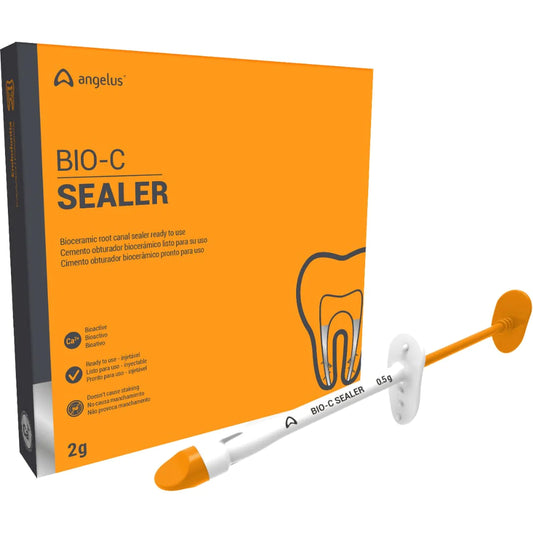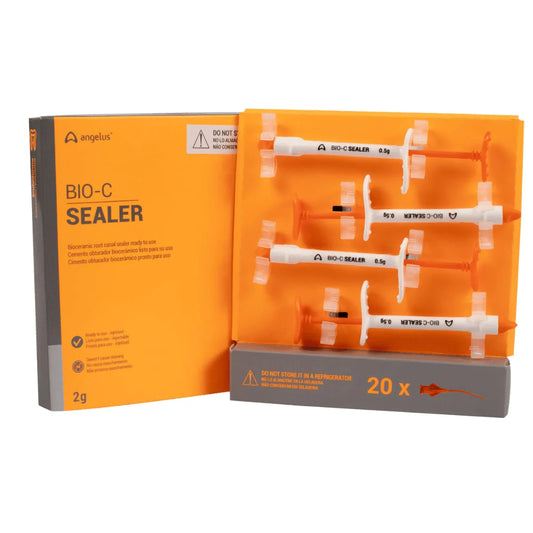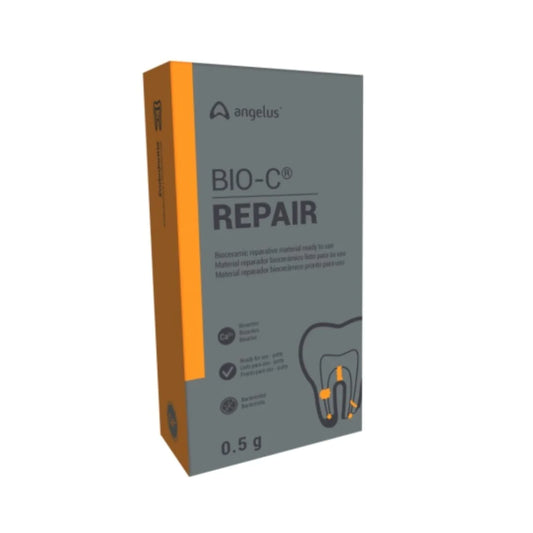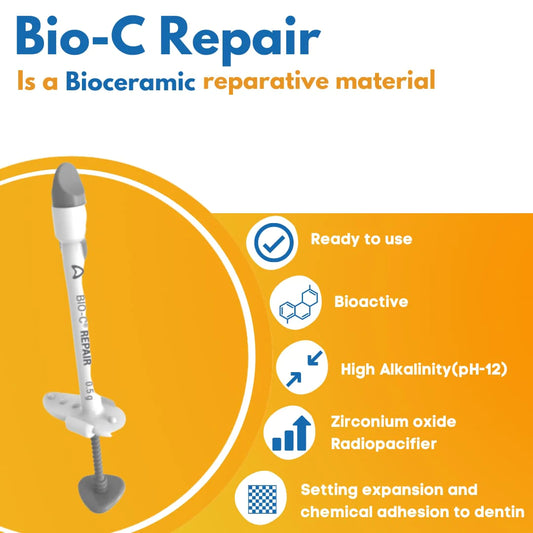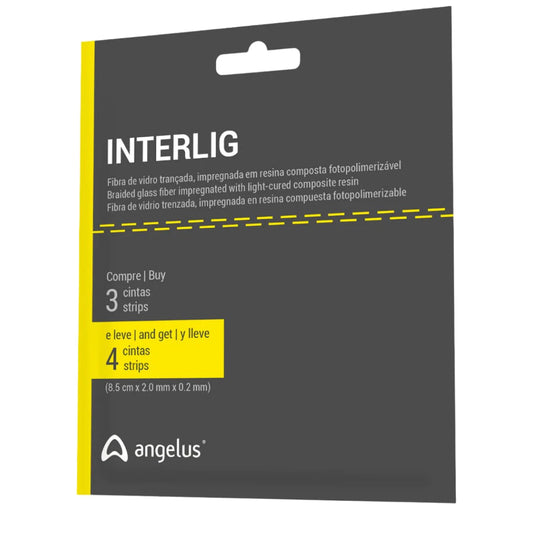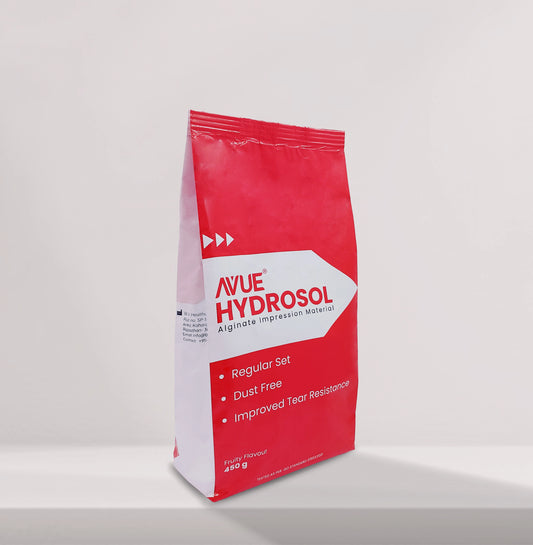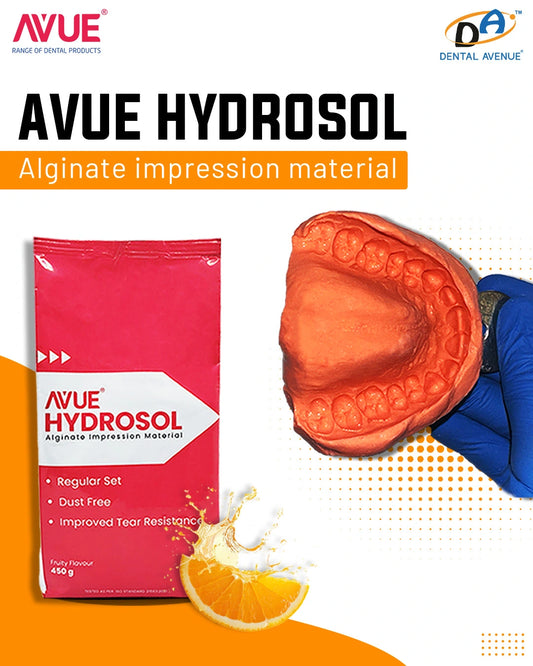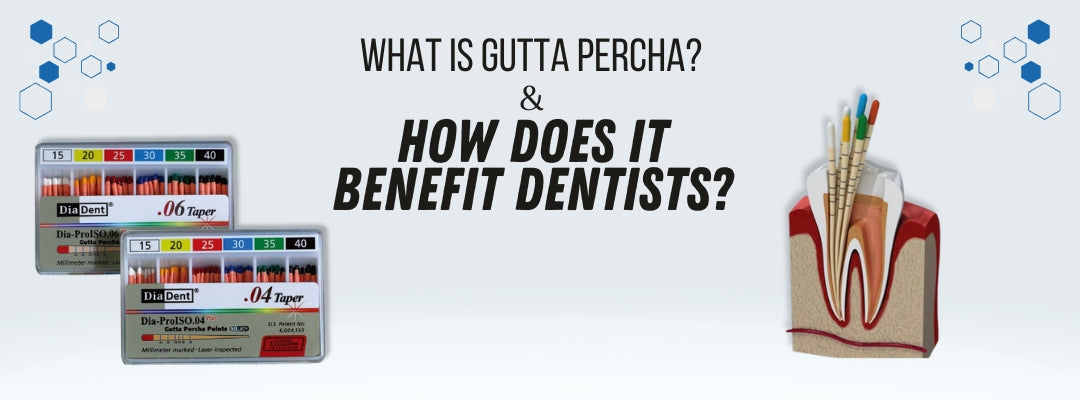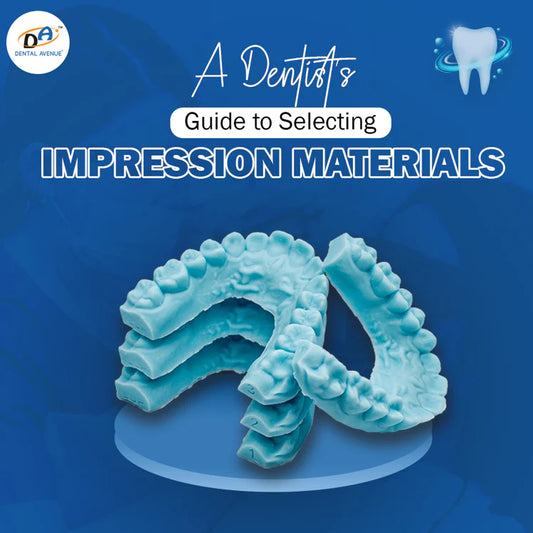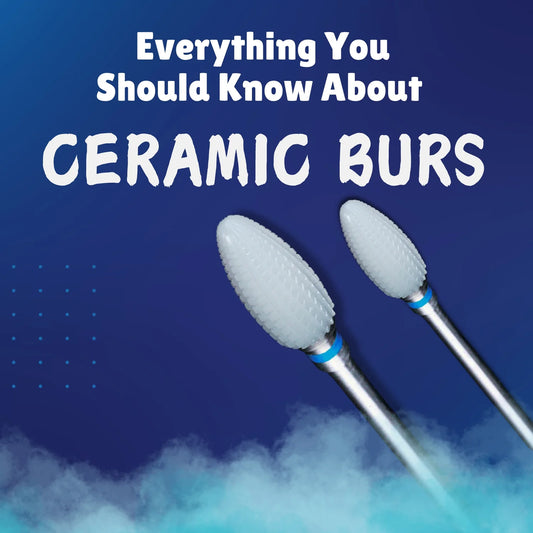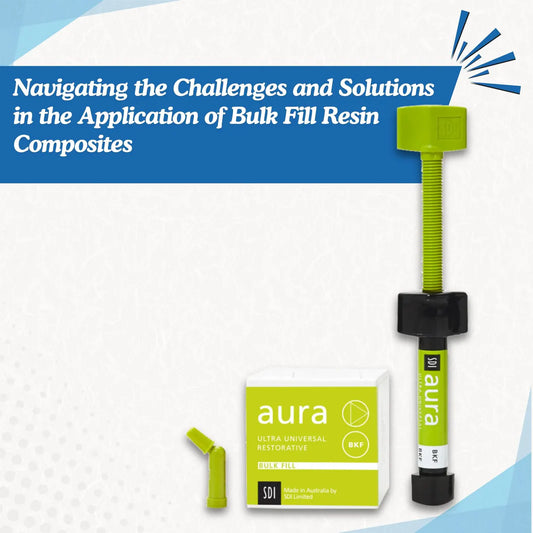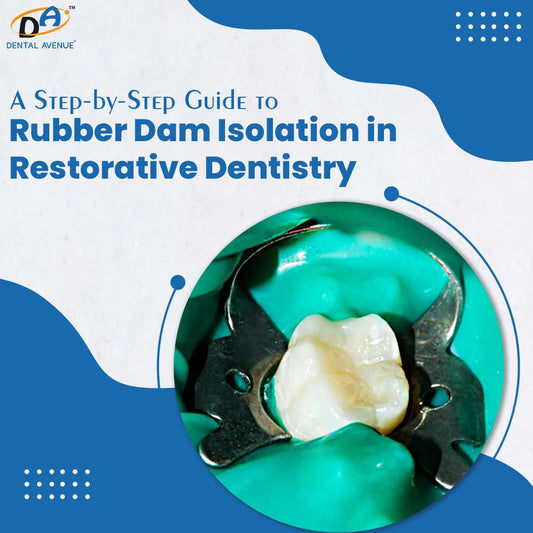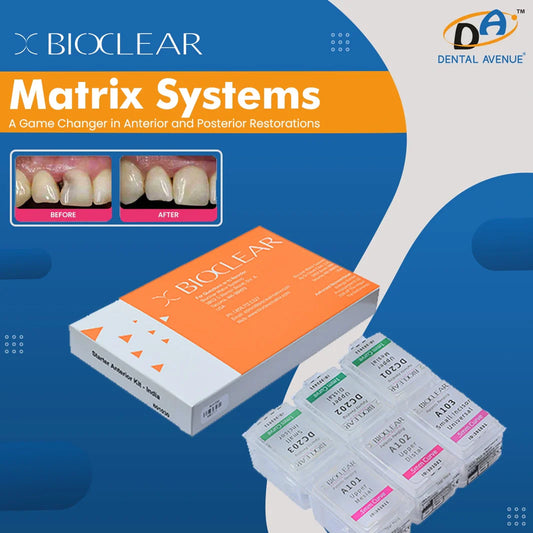Table of Contents:
Introduction
What is Gutta Percha?
Benefits of Dental Gutta Percha for Dentists
How does Gutta Percha filling work?
How do we identify which type and size of Gutta-Percha is Right for our patients?
How to Use Different Types of Gutta Percha in a Root Canal Procedure?
Conclusion
FAQs
Endodontics is a branch that studies the basics and clinical sciences of dental pulp and holds a crucial role in determining the overall treatment of dental pulp related to diseases and injury of pulpal tissue. Furthermore, the choice of material holds an important place for root canal procedures that ensure the longevity and overall success of patients' teeth. Among the various materials, gutta-percha is one of the most important materials in root canal procedure, this article delves into the gutta-percha, its different types, its applications and its benefits to the dentists.
What is Gutta Percha?
Gutta-percha sticks are one of the most widely used materials in endodontics, especially in obturation. It is derived from natural rubber material obtained from palaquium trees which is native to South East Asia. It is a trans isomer of polyisoprene which exists in two crystalline forms, alpha and beta phase. The term "gutta-percha" is mainly derived from the Malay word "getah perca," meaning "percha latex."
It is a biocompatible material used mainly to fill the canal spaces after cleaning and shaping of canals and inflamed or damaged pulp is removed. These gutta percha sticks are blended with other materials that can be effectively used in obturation, commercial G.P cones contain gutta percha, zinc oxide, waxes, anti-oxidants and colouring agents.
These materials have good radiographic properties, are adaptable, easily manipulated, have excellent sealing properties and are biocompatible, this makes them the most important material in endodontics.
Benefits of Dental Gutta Percha for Dentists:
Various benefits of endodontic gutta-percha are as follows:
- Biocompatibility: endodontic gutta-percha is a highly compatible material and is unlikely to cause any adverse reactions when it comes in contact with the fluids, materials used as sealing agents or the surrounding tissues. It integrates well and does not lead to any post-operative sensitivity or complications.
- Radiopacity: gutta-percha is visible on x-rays, this property helps the dentist to check any voids or spacing in between the canals, and also it helps in evaluating the quality of the root canal during future follow-ups.
- Easy to use: gutta percha can be easily handled and moulded when heated, and manipulation is easy during root canal treatment.
- Excellent sealing properties: endodontic gutta percha when heated and used along with canal sealer provides excellent seal to canals, this helps in preventing the micro-leakage from the apex of the canal thus preventing the re-entry of bacteria and fluids.
- Long-lasting stability: gutta percha is known for its long-lasting stability maintains its shape and properties for a long time and provides a long-term solution for a complete seal. It does not cause shrinkage and expansion after setting.
How does Gutta Percha filling work?
In endodontics, it is important in root canal procedures that the removal and debridement of dead, infected pulpal tissues and their remnants during cleaning and shaping to save the tooth and proper sealing to avoid any leakages and re-infection.
During the final step, obturation, gutta-percha holds an important key to determining the success of root canal treatment. Here is how it works
- Preparation: cleaning and shaping of root canals to remove debris, infected and damaged pulp tissues
- Filling: After successful cleaning, shaping and irrigation with solution, gutta-percha points are introduced and can be placed using different techniques like cold lateral condensation & warm vertical condensation method.
- Sealing: sealing is required so that to fill any voids or gaps between the canal walls and the G.P cones, sealer ensures no re-entry of foreign bodies or bacteria.
- Compaction: after the obturation, compaction is required to close the pulp chamber and avoid any contamination.
- Restoration: Restoration is the final step either to be done with the core build-up materials or other restorative procedures like dental cements, veneers or crowns.
How do we identify which type and size of Gutta-Percha is Right for our patients?
The selection of Gutta Percha sticks according to the type and size of the canal is essential for the outcomes of the treatment. Here are a few points for the dentist to identify the right fit.
- Assess the canal length: with the help of radiographs and apex locators, to determine the different types of gutta-percha working length, shape and size of canals, this assessment helps in choosing the appropriate size and length of gutta-percha points.
- Choose the cone type: Gutta percha sticks come in various sizes and tapers according to the requirements, the nature of the canals and the dentist’s choice. By selecting the proper cone that matches the canal length and shape ensures a snug fit.
- Use of calibration tools: calibrated gutta-percha cones are available with a proper marking of length and tools like the scale to determine the length to avoid over-obturation and ensure precise fit inside the canal.
- Customization: in a few cases custom-made GP cones are preferred to adjust and modify the points for correct fit, it may be related to some dental injuries or anomalies.
How to Use Different Types of Gutta Percha in a Root Canal Procedure?
After the successful cleaning and shaping, of intracanal medicaments and dressings the final step is to fill the empty canal system with biocompatible material. Gutta-percha is the choice of material along with sealer for the final obturation, here are a few steps to be followed while using gutta-percha in the root canal procedure:
- Irrigation and disinfection
- Selection of G.P cone according to measurements
- Application of sealer
- Placement of G.P cone
- Compaction
- Sealing and restore
Conclusion
In root canal procedure, every step of RCT requires a different set of materials, types of equipment and products; gutta percha filling at the step of obturation remains a cornerstone due to its properties like biocompatibility, ease of use long-lasting stability and remains the preferred choice for the obturation. By proper understanding of the gutta-percha cones, their characteristics and application methods, the dental practitioner can ensure the outcomes for their treatment plan.
FAQs
Q. Why are Gutta Percha dental tips so popular in Root Canal Filling Procedures?
Gutta-percha dental tips remain the primary choice of obturation due to their properties like flexibility, easy manipulation, high radiopacity and ability to adapt well to the complexities of canal curvatures and can be easily removed during re-treatment.
Q. What are some of the methods to remove gutta percha filling from a root canal?
Gutta-percha cones can be removed by various methods mechanically with the help of endo instruments like reamers, gutta-percha solvents, ultrasonic activation methods and heat application.
Q. Is Gutta percha safe for patients with Latex allergies?
Yes, Gutta-percha is safe for patients with latex allergies as it is made up of synthetic materials and is latex-free.

